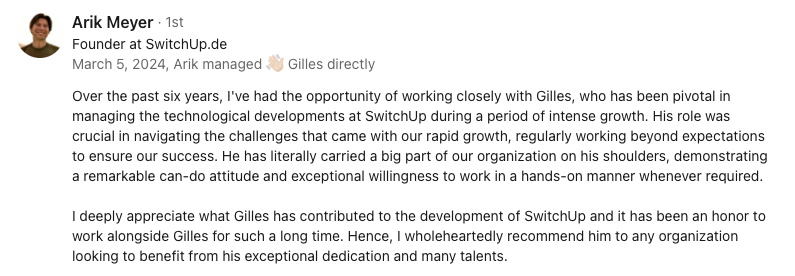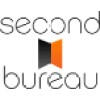Abstract:
Grid computing involves distributed computing using a network of computers to solve complex problems and share resources. Enterprise grid computing adapts this concept for businesses, creating scalable and flexible computing infrastructure. Effective grid infrastructure management is crucial for optimal performance. Grid computing is just one form of distributed computing, with alternatives like cloud and edge computing. Chief Technology Officers work with Directors of Technologies and Directors of Engineering to align technology strategy with business goals. Understanding these technologies enables informed decisions to drive business growth and efficiency.
Grid Computing, Enterprise Grid Computing, and Management: A Chief Technology Officer's PerspectiveGrid Computing: The Basics
Grid computing, as a Chief Technology Officer, I've come to appreciate it as a form of distributed computing that utilizes a network of computers to work together to solve a complex problem. It allows for the sharing of resources, such as processing power, memory, and data storage, across multiple machines, creating a virtual supercomputer of sorts. This form of computing is particularly useful in applications that require vast computational power or access to large data sets, such as scientific research, financial modeling, or rendering high-definition graphics.
Enterprise Grid Computing: Scaling Up
Enterprise grid computing takes the concepts of grid computing and applies them to a business or organizational context. It enables the creation of a scalable and flexible computing infrastructure that can be adapted to meet the changing needs of a company. This form of grid computing allows for the efficient use of resources, reducing costs, and increasing productivity. By implementing an enterprise grid computing solution, organizations can better manage their computing resources, leading to improved performance, enhanced security, and increased reliability.
Grid Infrastructure Management: Ensuring Optimal Performance
Effective grid infrastructure management is critical to the success of any grid computing initiative, whether grid or enterprise grid computing. As a Chief Technology Officer, I believe that having the right tools and processes in place to manage and monitor the grid infrastructure is essential. This includes tracking the usage of resources, identifying bottlenecks, and ensuring that the grid is operating at peak performance. By proactively managing the grid infrastructure, organizations can ensure that they are getting the most out of their investment in grid computing and maximizing the benefits it provides.
Distributed Computing Solutions: The Bigger Picture
Grid computing is just one form of distributed computing, and as a Chief Technology Officer, I recognize that there are other distributed computing solutions that can be used to address different business needs. For example, cloud computing is a popular alternative to grid computing that provides on-demand access to computing resources via the internet. Edge computing, on the other hand, involves processing data closer to the source, reducing latency and improving performance. Understanding the different distributed computing solutions available and how they can be used to address specific business needs is critical to making informed technology decisions and driving innovation within an organization.
Directors of Technologies, Directors of Engineering, and Chief Technology Officers
As a Chief Technology Officer, I work closely with Directors of Technologies and Directors of Engineering to ensure that our organization's technology strategy aligns with our business goals. Directors of Technologies are responsible for overseeing the development and implementation of technology solutions, while Directors of Engineering focus on the management and maintenance of the technology infrastructure. By working together, we can ensure that our organization is leveraging the right technology solutions to drive business growth, improve efficiency, and reduce costs.
In conclusion, grid computing, enterprise grid computing, and grid infrastructure management are critical components of a modern technology strategy. By understanding the benefits and limitations of grid computing and other distributed computing solutions, organizations can make informed technology decisions that drive business growth and improve efficiency. As a Chief Technology Officer, it's my responsibility to work closely with Directors of Technologies and Directors of Engineering to ensure that our organization's technology strategy aligns with our business goals and leverages the right technology solutions to drive success.
You might be interested by these articles:
- Evolving Trends in Grid Computing for High-Performance Workloads
- Harnessing Grid Computing in Modern Workflows
- Mastering EU Regulations for Grid Computing Success
See also:
- Gilles Crofils: Skills, Industries and Markets
- Harnessing Distributed Computing Power
- Mastering EU Regulations for Reinforcement Learning Success
- Multi-cloud strategies powering startup growth
- IoT Sensor Networks Impact
- Augmenting Reality in the Workplace
- Modern C++ Mastery: A CTO's Guide to Performance and Leadership





